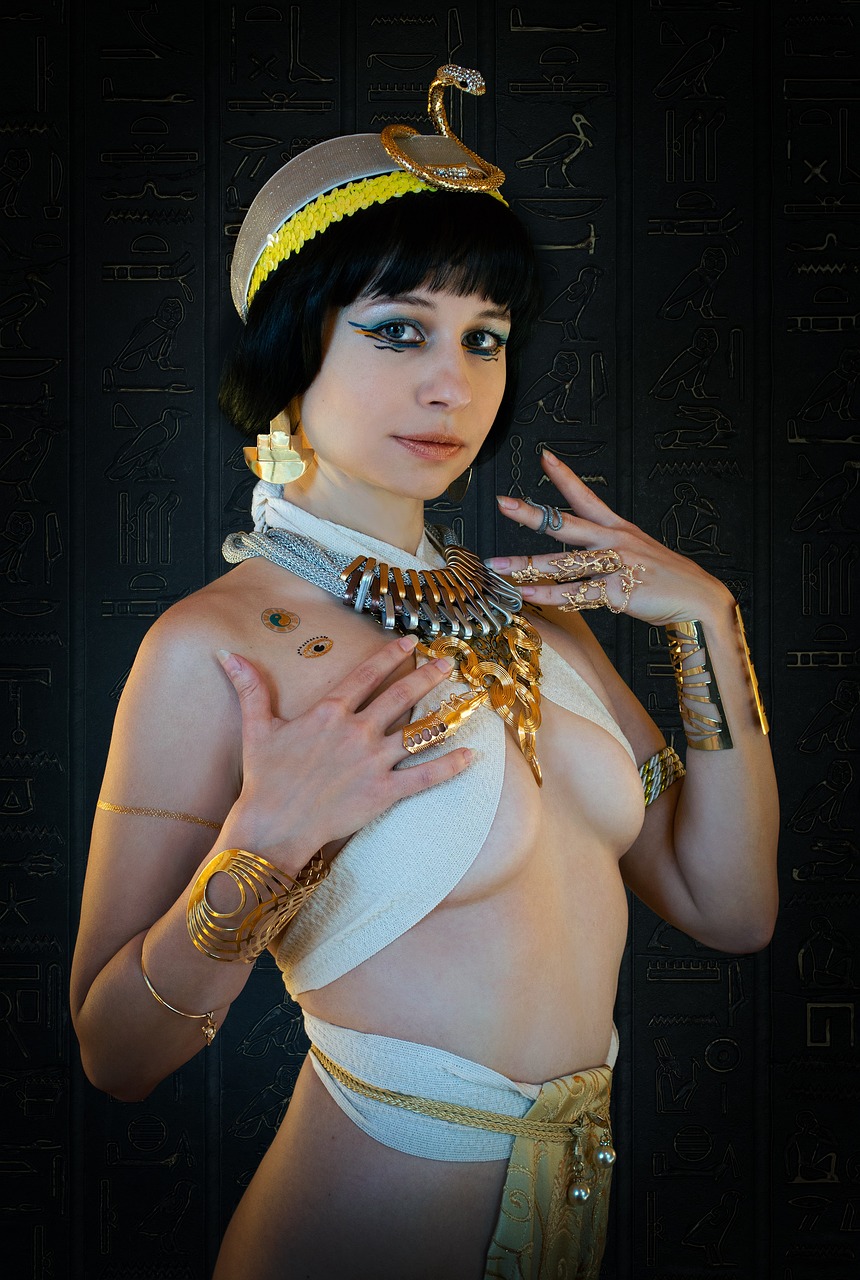Ancient Egyptian religion represents a rich tapestry of indigenous beliefs that flourished from the predynastic era (4th millennium BCE) until the gradual decline of traditional practices in the early centuries CE. The intricacies of this faith system are woven deeply into the fabric of Egyptian society, especially from around 3000 BCE onward. It’s essential to acknowledge that while remnants of prehistoric beliefs existed, they seemed relatively inconsequential in the face of a transformed societal structure that gave birth to a unique religious framework.
Religious practices were ubiquitous and intertwined with daily life, making it difficult to categorize religion as a singular system. Instead, it serves better to view it within a wider scheme of human activities and values. Over a span of more than three millennia, ancient Egyptian religion evolved significantly, maintaining a core consistency in its character and style throughout its history. It encompassed more than mere devotion to gods; it included interactions with the deceased, practices such as divination and oracles, and the use of magic, often channeling divine connections.
Two primary figures dominated public religious life: the Pharaoh and the divine pantheon. The Pharaoh was a unique intermediary between humans and the gods, playing a crucial role by engaging in divine relationships and constructing grand funerary monuments to ensure his afterlife. Egyptian deities were notably diverse in form, often depicted with animal features or as hybrids of human and animal shapes. Among the pantheon, the sun god held particular prominence, represented through various names and aspects, symbolizing a supernatural cycle reflective of day and night. Likewise, Osiris emerged as a significant figure, overseeing the afterlife and ruling the underworld. Together with Isis, his consort, Osiris became increasingly influential during the first millennium BCE.
The Egyptian worldview depicted the cosmos as a structured entity featuring gods and humanity at its core, with Egypt itself serving as the focal point. Surrounding this order was chaos, always threatening to break through and disrupt harmony. The Pharaoh’s primary role was to align with the gods to maintain order against this chaos, a narrative predominantly associated with the sun god and its cyclical phenomena. This overarching belief lent legitimacy not only to the king but also to the ruling elite, affirming their responsibilities in preserving societal order.
Despite this inherently pessimistic cosmological perspective, artistic representations and monuments portrayed a more optimistic narrative, illustrating the continual balance between the king and the gods. This semblance of harmony underscored the delicate nature of societal order. Furthermore, the decoration of these monuments was governed by strict guidelines that determined how and where representations could occur, reinforcing the principle of order through decorum.
Much of what we understand about these beliefs originates from monuments and texts created by the elite for themselves; consequently, insights into the religious practices of ordinary people remain limited. Although we cannot dismiss the possibility of differing beliefs between the common populace and the elite, evidence suggests a degree of coherence across social strata in the overarching religious framework.



